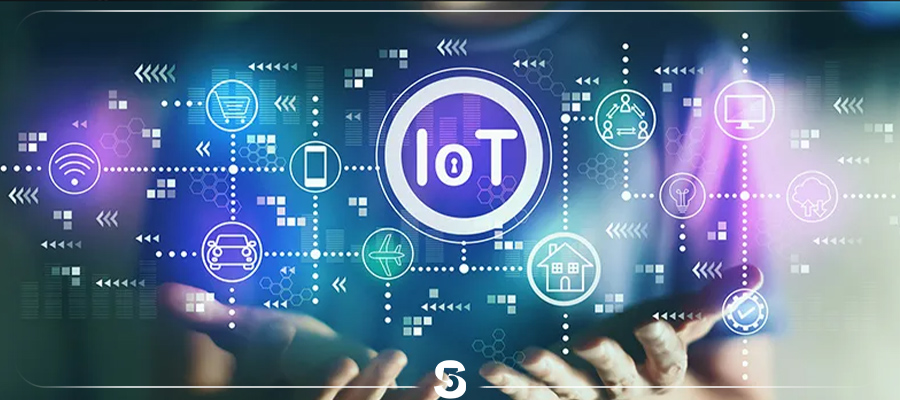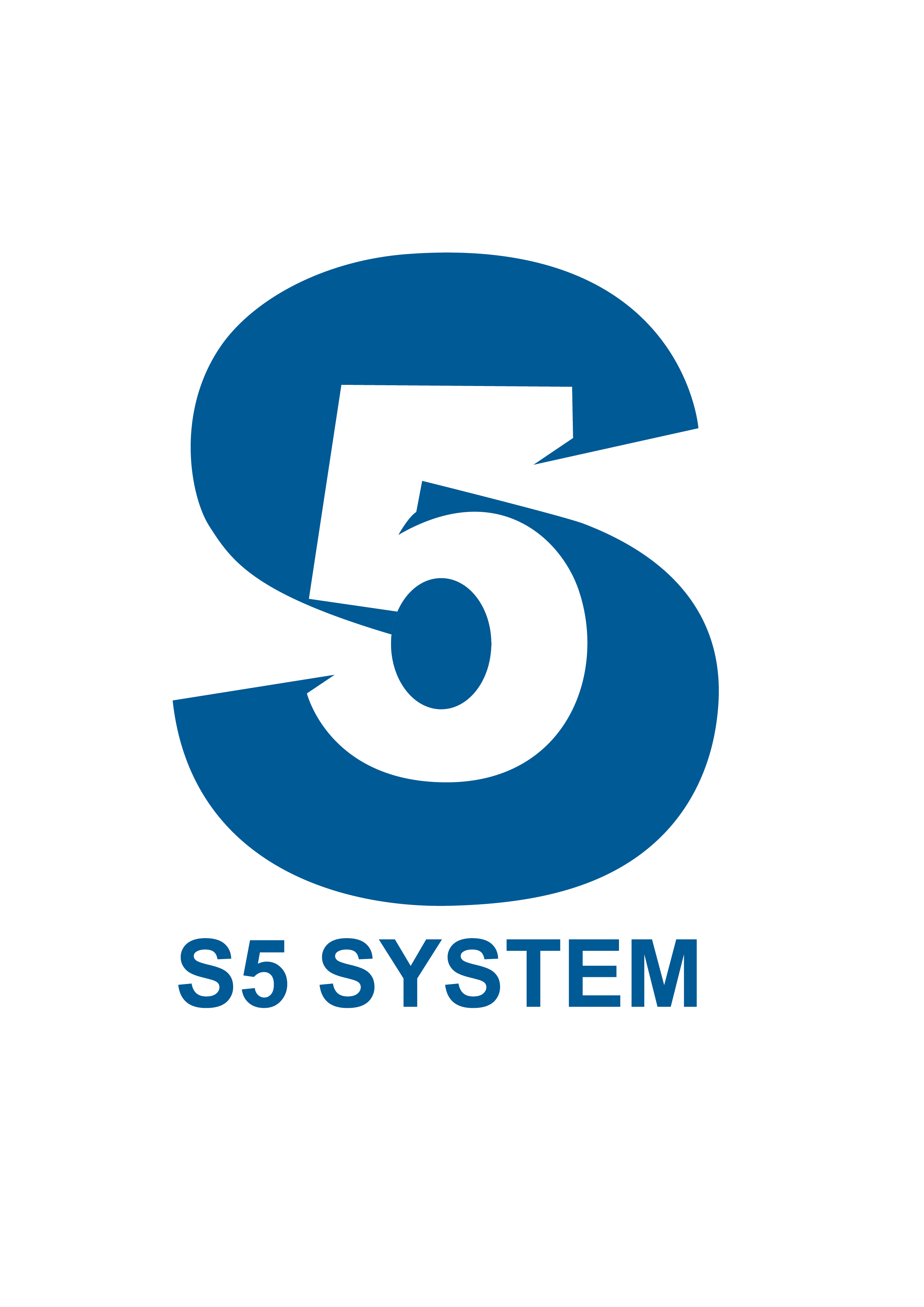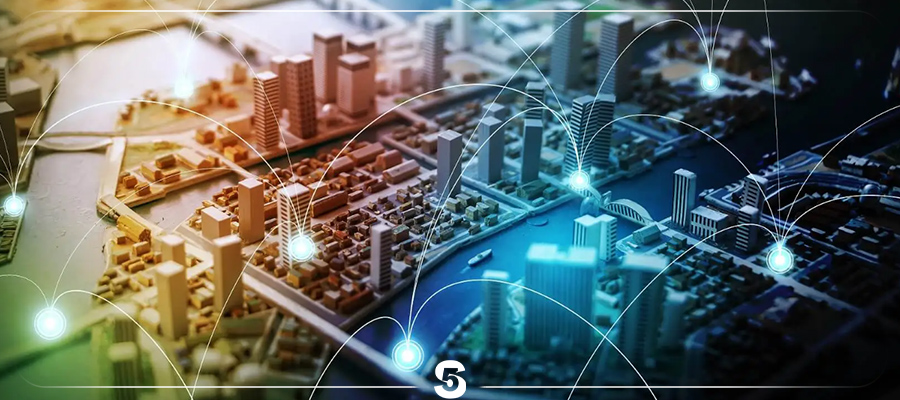IoT Present State and Future Prospects
-
Introduction
In recent years, the concept of the Internet of Things (IoT) is gaining momentum due to the development of the wireless networking technologies, such as Long Term Evolution Advanced (LTE-A), Wireless Fidelity (WiFi), Bluetooth, ZigBee, and so forth. Conventionally, these network technologies are utilized for establishing communication from the Person to Person (P2P) or the Person to Machine (P2M) perspectives. However, due to the diversification of the network equipment, Machine-to-Machine (M2M) communication is also utilized in numerous circumstances, such as inside homes, commercial buildings, schools, hospitals, and factories. The development of smaller and less expensive wireless devices enables not only smart-phones, tablets, and personal computers but also cars, home electrical appliances, and so forth, in order to connect them to the Internet. For example, electric lights, air conditioners, and water heaters can be connected to the network inside a building, and thus, they may be controlled for optimizing the environment inside the building with minimum power.

-
Classifications and Examples of IoT Systems
As a result of rapid development in communication technologies, a huge variety of networking technologies with different scales are being utilized in our daily life. Due to the large diversity of networks being deployed, the concept of IoT can be broadly classified in terms of network scale as illustrated in Fig. 1. In this section, we aim to classify IoT systems and introduce examples of different IoT systems according to their respective scales of the network.
2.1 Internet of Nano Things Firstly, we introduce the concept of the Internet of Nano Things (IoNT) as a type of IoT with small networks comprising extremely small devices in personal area. In the IoNT, by embedding nano-sensors to the various objects and devices that surround users, it becomes possible to add a new dimension to the IoT. Such miniature sensors, interconnected through nano-networks, could provide data from the things (i.e., devices) deployed in hard-to-access areas. The IoNT is expected to lead to the discovery of novel insights and applications in the IoT field.
2.2 Internet of WiFi-Enabled Things Secondly, we show the concept of IoT consisting of WiFienabled devices in middle size of networks. WiFi has nowadays become a popular means of wirelessly connecting various electronic devices to the Internet. Recently, not only mobile devices such as smartphones and laptops but also home appliances and various kinds of sensors in local area are connected to the Internet by employing WiFi. Using the WiFi technologies, along with the concept of D2D, is considered to provide more flexible IoT systems. In the work [3], Tozlu et al. focus on IoT constructed by WiFi equipped sensors and actuators. Especially, they focus on energy consumption of devices in the network. Since various types of devices are connected to the same network in this considered IoT, the difference in energy utilization becomes a significant problem to guarantee network connectivity. In their work, the devices having WiFi functionality are categorized into three types: AC-powered devices (home appliances, PCs), rechargeable devices (laptops, smart-phones), and battery-powered devices (sensors like smoke detectors, motion detectors, and so forth).
3.IoT adoption barriers
-Lack of interoperability and unclear value propositions:
Despite a shared belief in the potential of the IoT, industry leaders and consumers are facing barriers to adopt IoT technology more widely. Mike Farley argued in Forbes that while IoT solutions appeal to early adopters, they either lack interoperability or a clear use case for end-users.A study by Ericsson regarding the adoption of IoT among Danish companies suggests that many struggle “to pinpoint exactly where the value of IoT lies for them”.
4.Privacy and security concerns:
As for IoT, information about a user’s daily routine is collected so that the “things” around the user can cooperate to provide better services that fulfill personal preference.When the collected information which describes a user in detail travels through multiple hops in a network, due to a diverse integration of services, devices and network, the information stored on a device is vulnerable to privacy violation by compromising nodes existing in an IoT network.
For example, on 21 October 2016, a multiple distributed denial of service (DDoS) attacks systems operated by domain name system provider Dyn, which caused the inaccessibility of several websites, such as GitHub, Twitter, and others. This attack is executed through a botnet consisting of a large number of IoT devices including IP cameras, gateways, and even baby monitors.
Fundamentally there are 4 security objectives that the IOT system requires:
- data confidentiality: unauthorized parties cannot have access to the transmitted and stored data.
- data integrity: intentional and unintentional corruption of transmitted and stored data must be detected.
- non-repudiation: the sender cannot deny having sent a given message.
- data availability: the transmitted and stored data should be available to authorized parties even with the denial-of-service (DOS) attacks.

Traditional governance structure
A study issued by Ericsson regarding the adoption of Internet of things among Danish companies identified a “clash between IoT and companies’ traditional governance structures, as IoT still presents both uncertainties and a lack of historical precedence.”Among the respondents interviewed, 60 percent stated that they “do not believe they have the organizational capabilities, and three of four do not believe they have the processes needed, to capture the IoT opportunity.”This has led to a need to understand organizational culture in order to facilitate organizational design processes and to test new innovation management practices. A lack of digital leadership in the age of digital transformation has also stifled innovation and IoT adoption to a degree that many companies, in the face of uncertainty, “were waiting for the market dynamics to play out”,further action in regards to IoT “was pending competitor moves, customer pull, or regulatory requirements.”Some of these companies risk being ‘kodaked’ — “Kodak was a market leader until digital disruption eclipsed film photography with digital photos” — failing to “see the disruptive forces affecting their industry” and “to truly embrace the new business models the disruptive change opens up.” Scott Anthony has written in Harvard Business Review that Kodak “created a digital camera, invested in the technology, and even understood that photos would be shared online”[244] but ultimately failed to realize that “online photo sharing was the new business, not just a way to expand the printing business.”
In 2025
- It is estimated that there will be more than to 21 billion IoT devices,A quick look back shows where IoT devices are going. Consider: In 2016, there were more than 4.7 billion things connected to the internet, according to IOT Analytics. Fast-forward to 2021? The market will increase to nearly 11.6 billion IoT devices.
-
More cities will become “smart”:
Consumers won’t be the only ones using IoT devices. Cities and companies will increasingly adopt smart technologies to save time and money.
That means cities will be able to automate, remotely manage, and collect data through things like visitor kiosks, video camera surveillance systems, bike rental stations, and taxis.
-
Artificial intelligence will continue to become a bigger thing
Smart home hubs, thermostats, lighting systems, and even coffee makers collect data on your habits and patterns of usage. When you set up voice-controlled devices, you allow them to record what you say to them and store those recordings in the cloud. In most cases, the data is collected to help facilitate what is called machine learning.
Machine learning is a type of artificial intelligence that helps computers “learn” without someone having to program them. The computers are programmed in a way that focuses on data that they receive. This new data can then help the machine “learn” what your preferences are and adjust itself accordingly. For instance, when a video website suggests a movie you might like, it’s likely learned your preferences based on your past choices.

-
Routers will continue to become more secure and smarter
Because most consumer IoT devices reside in the home and can’t have security software installed on them, they can be vulnerable to attacks. Why? A lot of manufacturers work to get their IoT products to market quickly, so security may be an afterthought. This is where the home router plays a very important role. The router is essentially the entry point of the internet into your home.
While many of your connected devices cannot be protected, the router has the ability to provide protection at the entry point. A conventional router provides some security, such as password protection, firewalls, and the ability to configure them to only allow certain devices on your network.
Router makers will likely continue to seek new ways to boost security.
-
6. 5G Networks
Major wireless carriers will continue to roll out 5G networks. 5G — fifth-generation cellular wireless — promises greater speed and the ability connect more smart devices at the same time.
Faster networks mean the data accumulated by your smart devices will be gathered, analyzed and managed to a higher degree. That will fuel innovation at companies that make IoT devices and boost consumer demand for new products.


